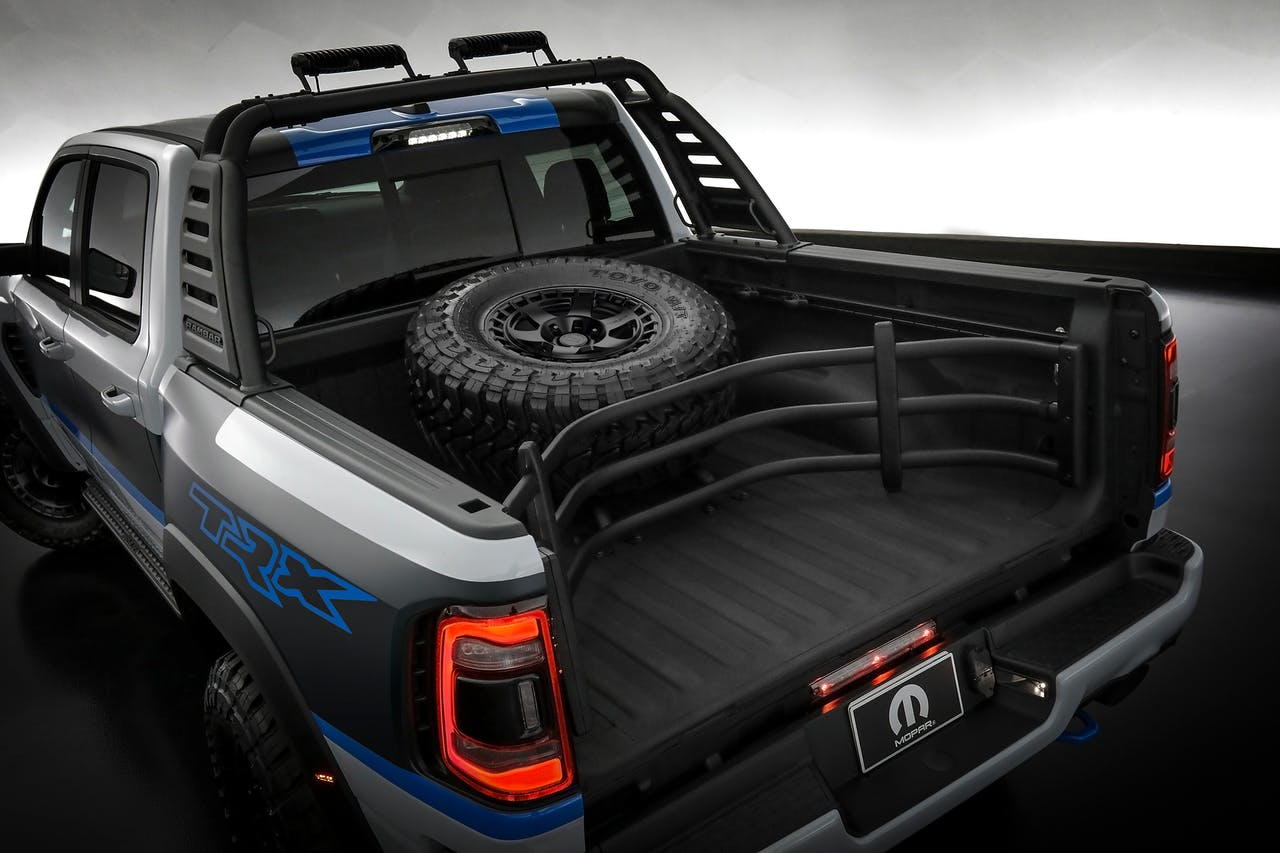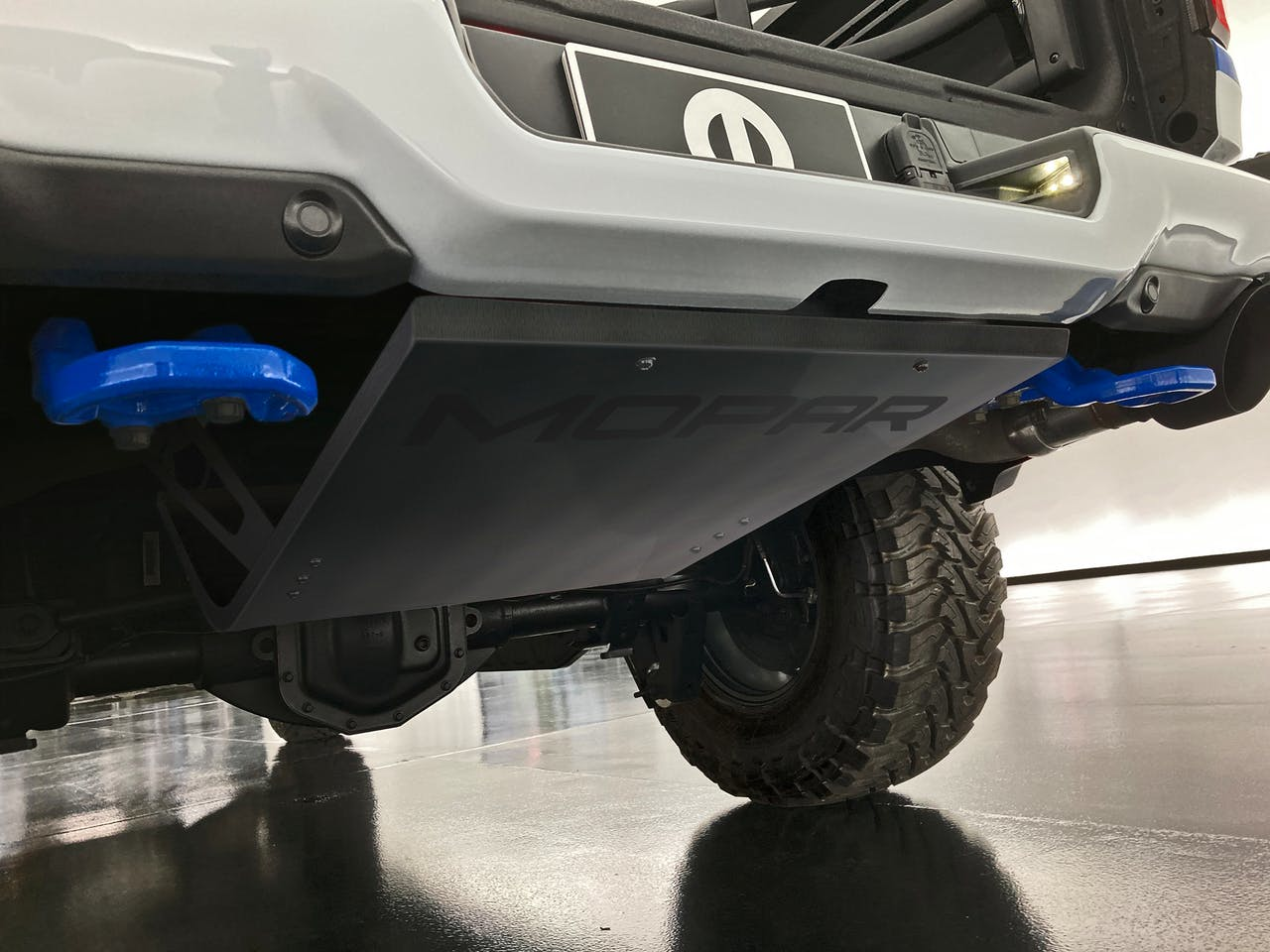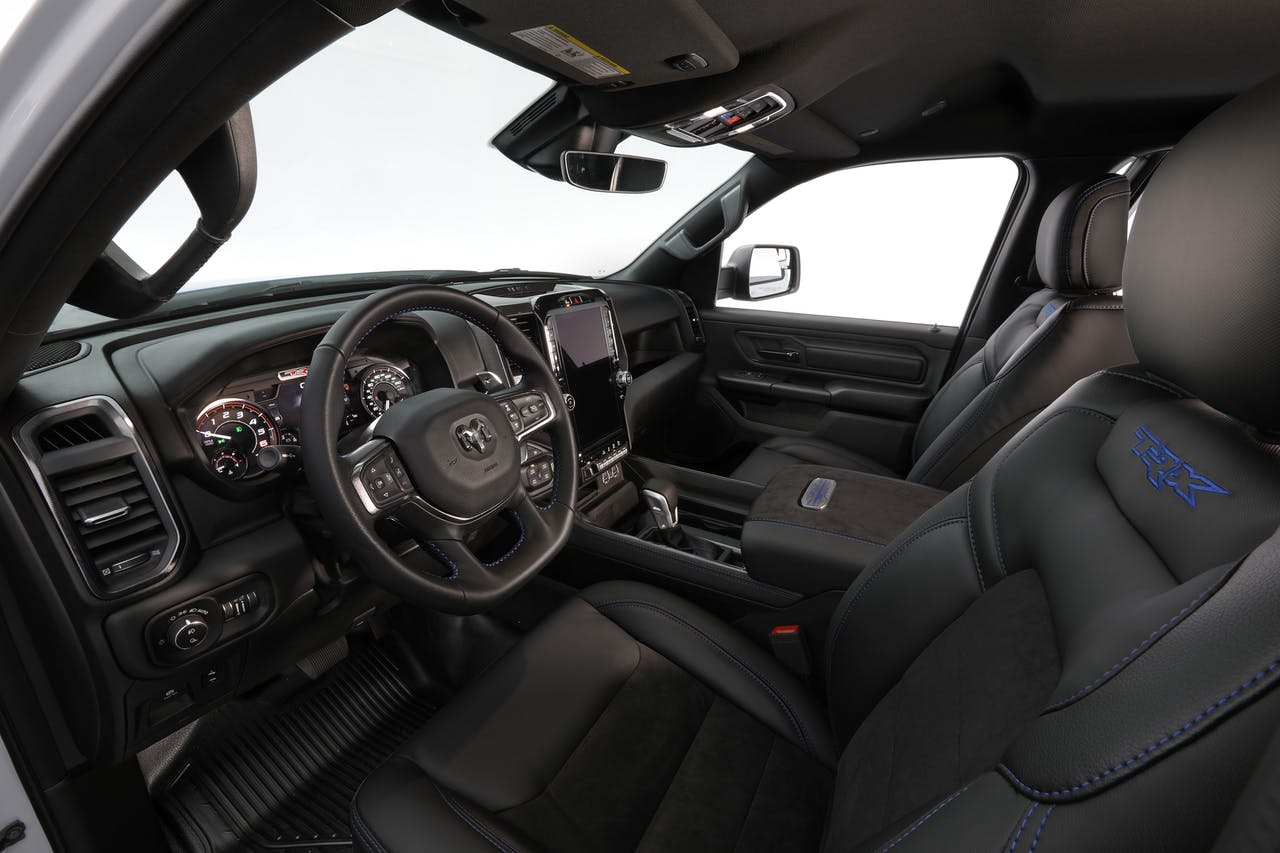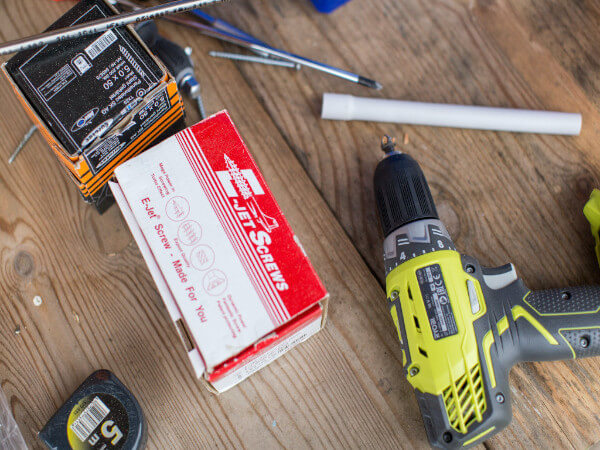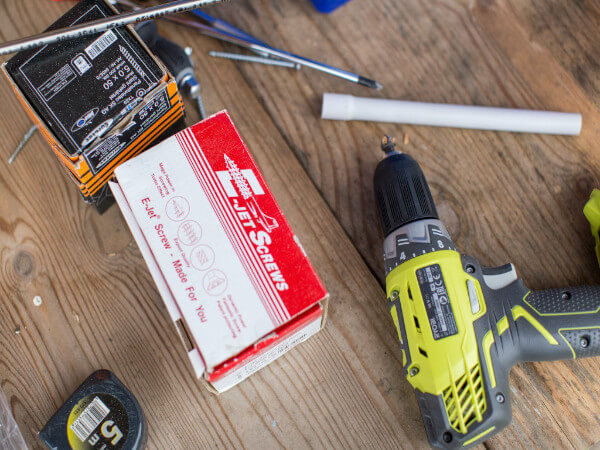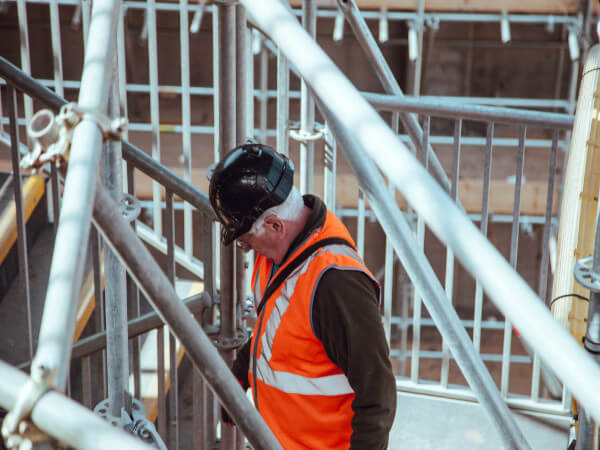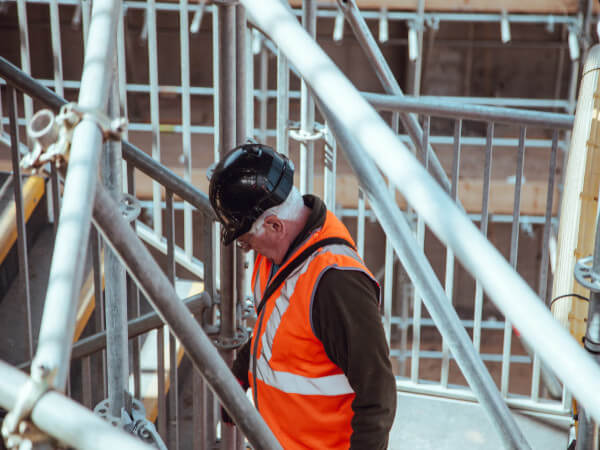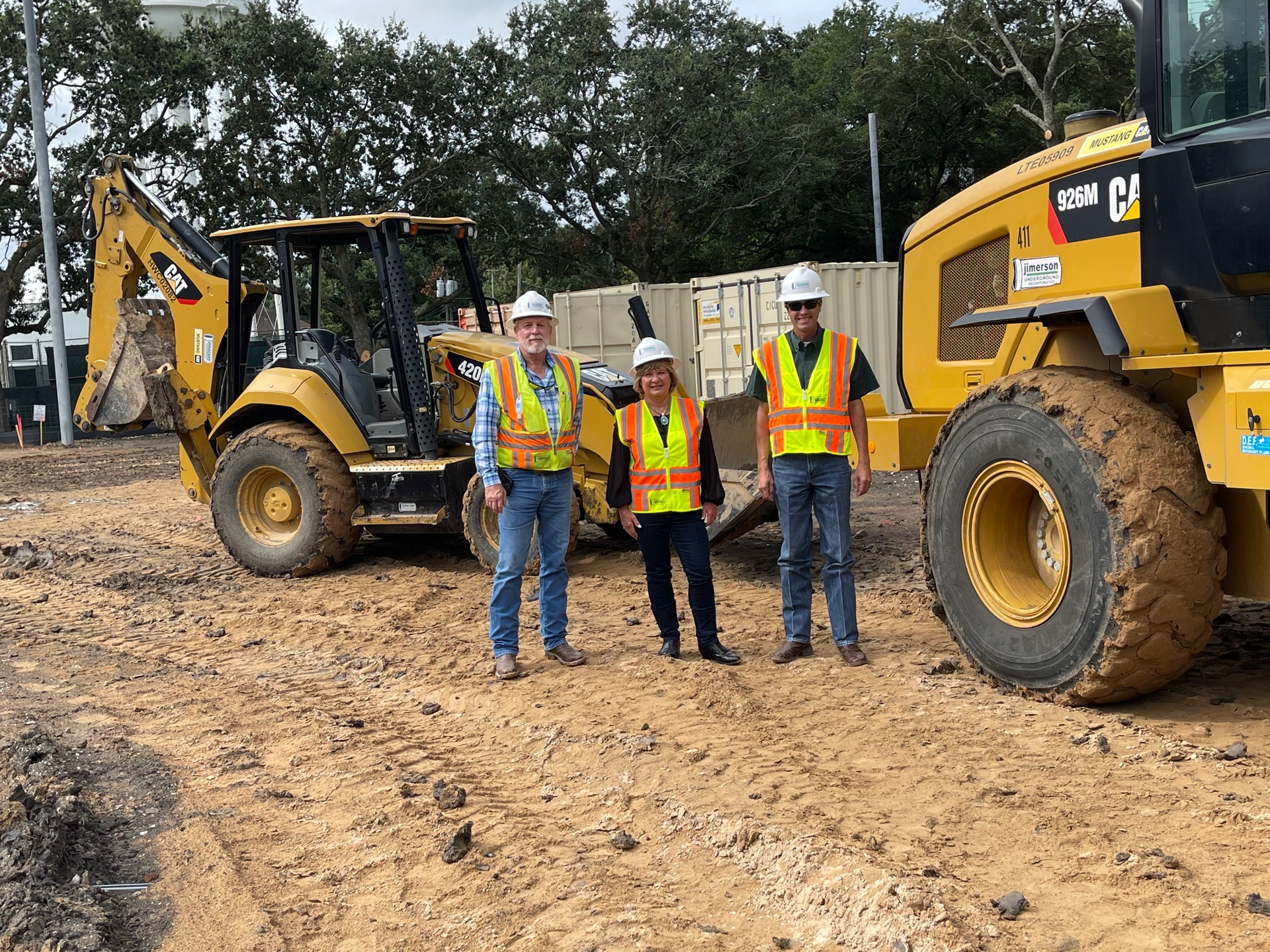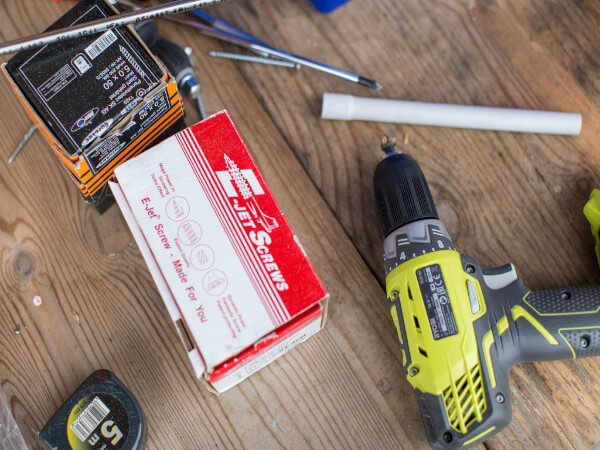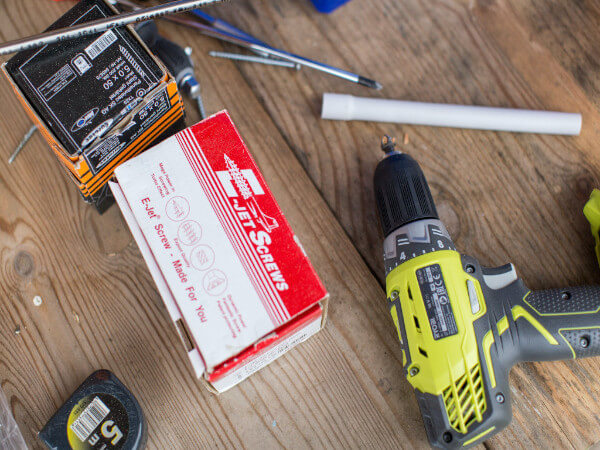Cat has unveiled a new demolition excavator, the Cat 340 UHD – as in, Ultra High Demolition.
The new tall boy boasts a pin height 13 percent higher than the 340F UHD, giving it the ability to perform demolition on buildings as high as eight stories. Another plus: the 340 UHD has a coupling system that enables you to switch between two UHD fronts and the shorter retrofit booms and sticks with no special tools in as little as 15 minutes.
“This is a purpose-built, dedicated demolition machine,” says James Cole, product application specialist. “We are not just throwing a long front on a standard excavator. It has a reinforced frame, a heavier counterweight and the best working weight in the industry in its size class.”
Cat also spent time engineering the new demolition excavator to be easier to transport. A hydraulically actuated variable gauge undercarriage extends from 9 feet 10 inches in the transport mode to 13 feet 4 inches for stability in the working configuration. And an optional one-piece cradle for the boom can be used to reduce the UHD boom transport height to less than 9 feet 10 inches.
Multiple Boom, Stick options
The new 340 UHD allows for the sticks to be configured with Cat couplers to optimize machine versatility and productivity. There are two front options available:
The 72-foot 2-inch front offers a maximum 8,160-pound capacity (3.7 tons) at stick pin and maximum horizontal reach of 44 feet 5 inches at stick nose over the front and side of the machine. Working with a 7,280-pound maximum weight at stick pin, the 82-foot front offers a 43-foot 9-inch maximum reach at stick nose over the front and side of the machine. It matches the Cat MP332 and MP324 multi-processors.
Three stick options are available in lengths of 9 feet 2 inches, 10 feet 6 inches, and 12 feet 10 inches. The maximum digging depth for the machine is 24 feet 3 inches.
Hydraulic Quick Connect
The UHD’s hydraulic boom lines are quickly connected and disconnected by hand and without special tools. Contractors can choose between one- or two-piece boom options for high-productivity truck loading or low-level demolition work.
Standard Cat Payload provides on-the-go weighing and real-time estimates of the payload, so operators can achieve precise load targets when working with the one-piece retrofit boom.
The power for this demolition excavator comes from a Cat C9.3 engine rated at 311 horsepower that can run on diesel or B20 biodiesel. Three power modes — power, smart and eco — match the engine and hydraulic output to job needs to lower fuel consumption. A new high-efficiency hydraulic reversing fan cools the engine on demand to also help with fuel efficiency.

Safety alerts warn the operator when the machine is getting close to its operating limits.CaterpillarSafety alerts
The new 10-inch touchscreen monitor in the 340 UHD displays Cat’s active stability monitoring system. This continuously informs operators if the work tool is positioned within the safe working range and provides audible and visual warning alerts when approaching the stability limit.
Cat increased the seat size by 5 percent and included a left-hand tilt-up console for easier entry and exit. Customized, programmable settings and joystick button controls can be stored on the monitor based on operator ID.
No neck strain
A 30-degree tilt-up cab gives you a comfortable sight line without neck strain when working on tall structures and buildings. And to better help you see that work tool eight stories up in the air, the UHD front is work-tool camera ready.
Cat E-fence and Cat Grade with 2D automatically guide depth, slope and horizontal distance to grade through the monitor. And the machine automatically compensates for excavator pitch and roll caused by sloping ground conditions through use of GPS and GLONASS systems.
Quick Specs
Engine: Cat C9.3BNet power – ISO 14396: 311 hpOperating weight: 122,400 lbs. (2); 130,600 lbs. (1)Max. weight at stick nose: 7,289 lbs. (2); 8,160 lbs. (1)Max. pin height at stick nose: 82′ (2); 72’ 2” (1)Max. digging depth (3): 24’ 3”
*Net power advertised is the power available at the flywheel when the engine is equipped with fan at minimum speed, air intake system, exhaust system, and alternator, and tested per the specified standard in effect at the time of manufacture.
22-m UHD front25-m UHD front1-piece Retrofit boom bent and R 12’10” (3.9 m) stick
Did you miss our previous article…
https://www.3555pacific.com/?p=610



